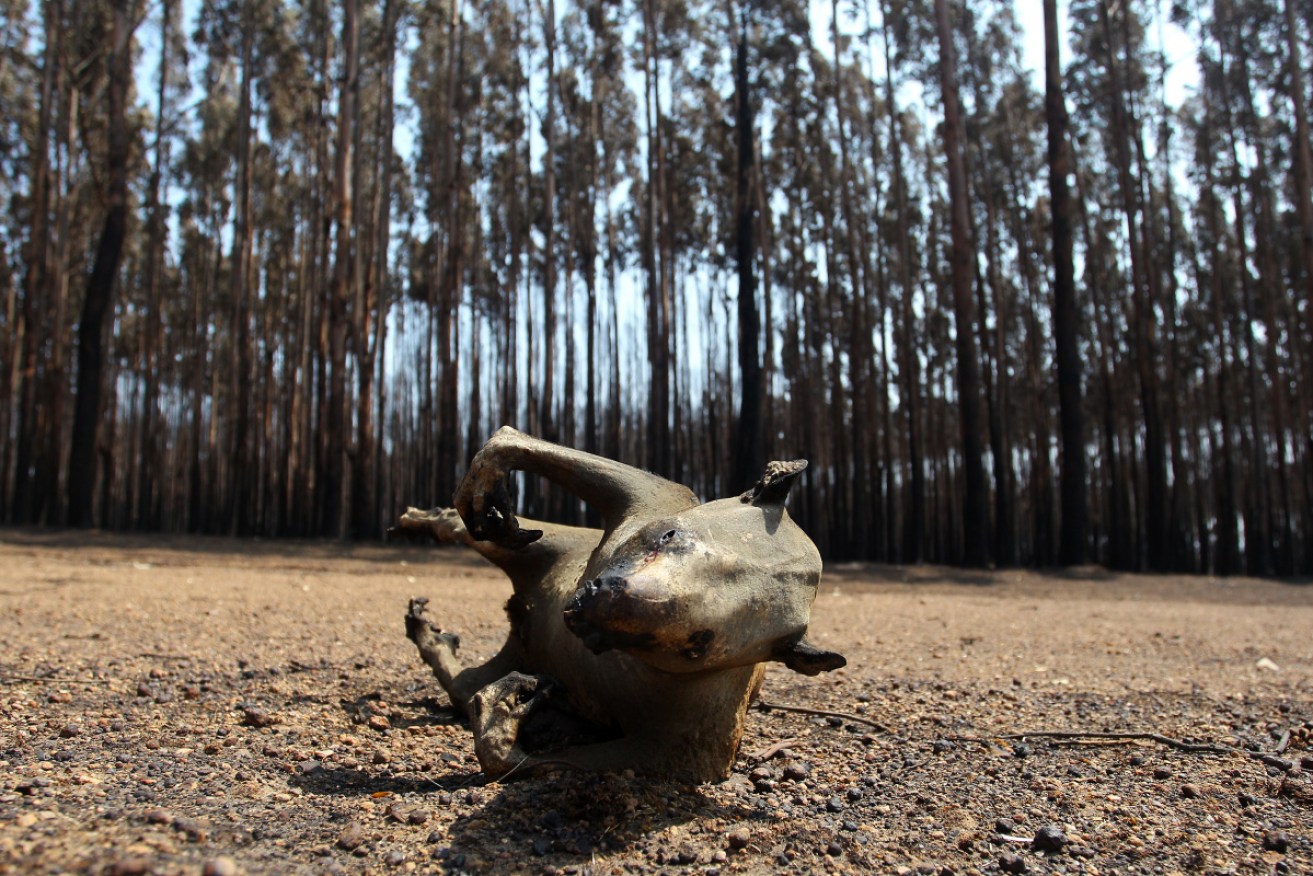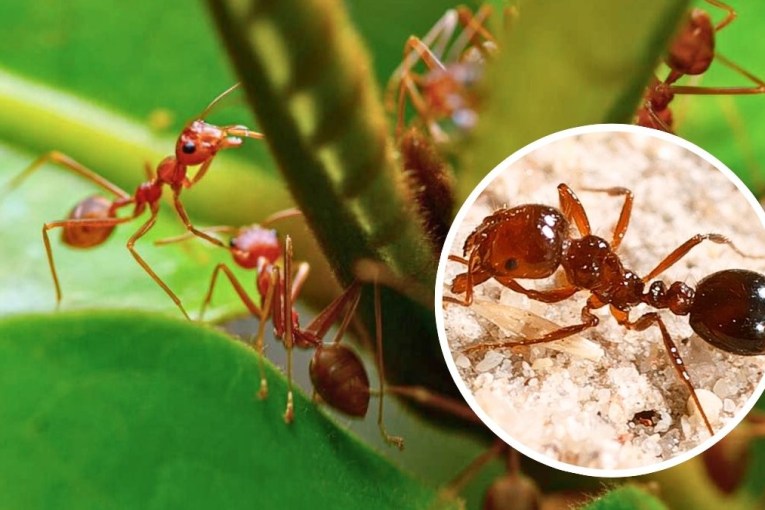‘A monstrous event’: Bushfires have killed 1.25 billion animals


Kangaroo Island, 'Australia's Galapagos', was home to one of the nation's last healthy koala populations. Photo: Getty
From koalas screaming as they burned alive to the charred corpse of a young kangaroo enmeshed in a wire fence, this has been a summer of horrors.
As bushfires rage for the fifth straight month, Australia is in the midst of what scientists say is an ecological wipeout of such magnitude it is difficult to comprehend.
More than 8.4 million hectares has been burnt – a land mass bigger than Austria – and a staggering 1.25 billion animals killed, according to newly released estimates from the World Wildlife Fund (WWF).
University of Sydney ecologist Professor Chris Dickman helped to calculate the death toll.
“I think there’s nothing quite to compare with the devastation that’s going on over such a large area so quickly,” he told the United States’ National Public Radio.
It’s a monstrous event in terms of geography and the number of individual animals affected.”
As the planet goes through what is only the sixth ‘mass extinction’ in Earth’s 4.5 billion year history, Australia bears the ignominious title of having the world’s highest rate of extinction for mammals, with the nation’s biodiversity plummetting in recent decades.
It’s events like this that may well hasten the extinction process for a range of other species. So, it’s a very sad time,” Professor Dickman said.
The fires have turned much of South Australia’s Kangaroo Island, often referred to as ‘Australia’s Galapagos’, into a hellscape.
In one photo, the blackened remains of a koala caught by the fires while trying to crawl to safety lies in front of scorched gum trees.

Kangaroo Island’s koala population, considered vital to the species’ survival, has been decimated by bushfires. Photo: Getty
In another, the owner of the Kangaroo Island Wildlife Park carries the bodies of a dead kangaroo, and a koala – its paws bound with colourful bandages – towards a mass grave.
Half the population of Kangaroo Island’s koalas – considered the nation’s ‘insurance policy’ against the iconic species’ extinction – is feared to have been destroyed after fires intensified last week.
Pix: Kangaroo Island Bushfires https://t.co/Djzj0AI1ln pic.twitter.com/NadNwNXyWb
— AAP_Photos (@aap_photos) January 7, 2020
In 2018, a report by the WWF and Nature Conservation Council found that koalas were on track to be extinct in New South Wales by 2050 if the rate of land clearing was to continue.
“We see koala habitat disappearing at an alarming rate,” Conservation biologist Martin Taylor said.
“If we project that forward, it could be mid-century by the time we may have no more wild koalas in NSW.”

A volunteer feeds an injured koala joey at the Kangaroo Island Wildlife Park. Photo: Getty
In late December, the federal government’s environment minister Sussan Ley revealed that nearly a third of koalas on the New South Wales mid-north coast were believed to have been killed in the ongoing bushfires because “up to 30 per cent of their habitat has been destroyed”.
“We’ll know more when the fires are calmed down and a proper assessment can be made,” she said.
University of Sydney ecologist Associate Professor Mathew Crowther told The New Daily that the sheer scale of loss was difficult to describe.
I don’t think we’ve seen a disaster like this in Australia,” he said.
“It’s just the intensity of the fire, and how widespread it is.”
The risk to wildlife will not end when the fires do, Dr Crowther said.
“What kills a lot of animals is that there is no food or shelter for a while afterwards.”
‘Unprecedented impact’ on biodiversity
In Victoria, where fires have torn through more than 1.2 million hectares of land, the impact on local biodiversity is expected to be devastating.
On Wednesday, the state’s environment minister Lily D’Ambrosio said that it is too early to know how many animals have been killed, but that this scale of environmental destruction has never been seen before.
“Let’s be clear, these are unprecedented fires and we anticipate that we will see an unprecedented impact on our biodiversity,” Ms D’Ambrosio said.
Whether that’s threatened species, both flora and fauna, we anticipate that there will be a significant impact.”
Ms D’Ambrosio said environmental officials won’t have an accurate estimate of how many animals have been killed until they are able to access remote fire-ravaged areas for assessments.
“It will take some time for us to actually ascertain the full extent of the impact,” she said.

Animals will remain at risk even after the fires end, but people can help. Photo: Getty
For those moved by the tragedy, there are a number of things that can be done to help, according to Dr Crowther .
These include: donating to conservation and wildlife efforts, signing up to volunteer, and crucially, putting political pressure on elected representatives to take action on climate change and protect native animals and their habitats.
“We’ve got to have conversations at a lot of different levels, from international to national and local,” Dr Crowther said.
“And we’ve got to do our part.”








